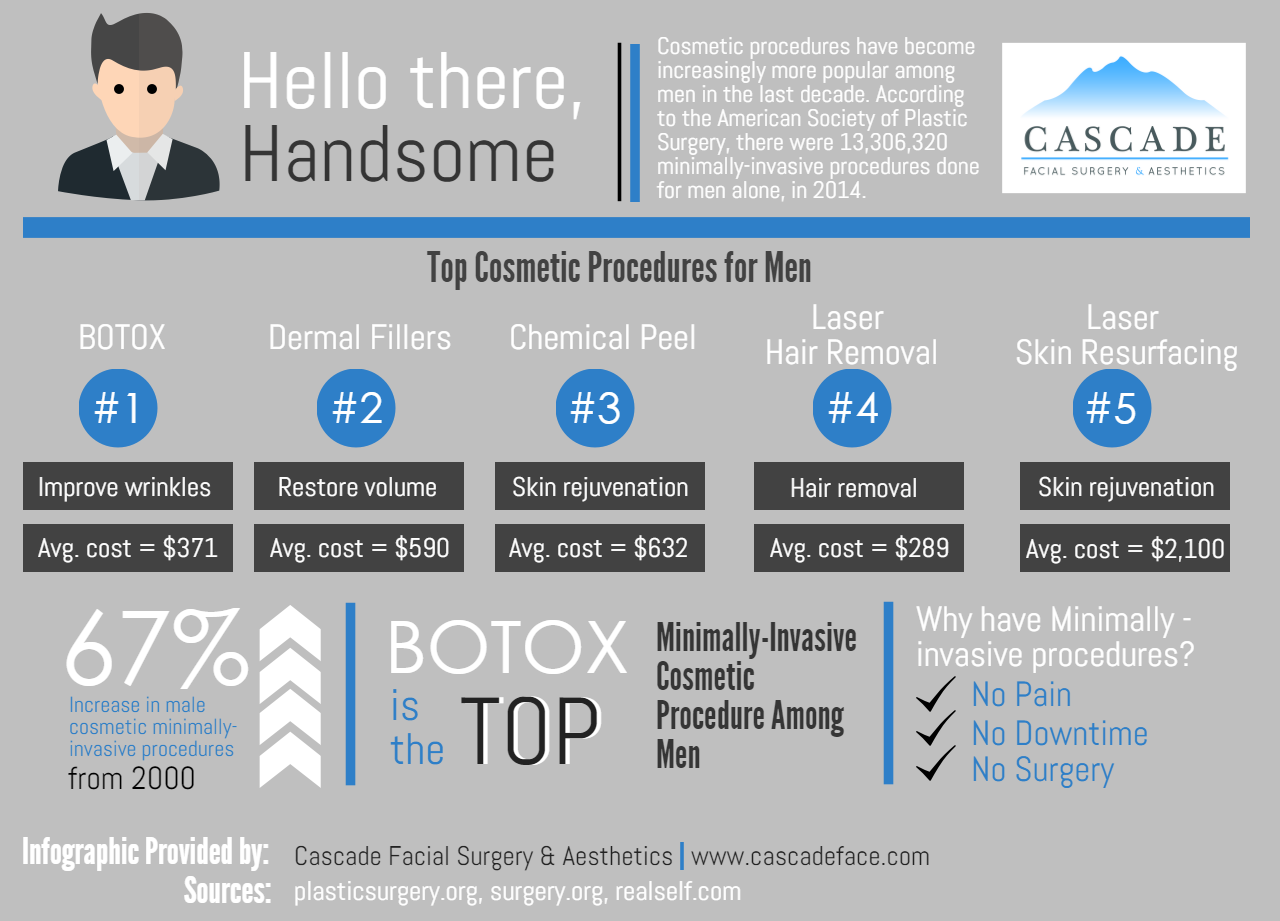Acne Prevention
Acne Prevention
Blog Article
Acne Therapy - What Are AHAs in Acne Treatment?
AHAs are a key component for unclogging pore clogs and brightening acne-prone skin. They function by breaking down dead skin cell accumulation to promote more recent, fresher cells, and preventing future blockages.
Developing topical AHAs demands precise focus to various essential variables that considerably influence their efficacy and tolerability. Preserving the optimum pH range, together with automobile selection and concentration, intensifies their exfoliative attributes while reducing possible adverse reactions.
Glycolic acid
Glycolic acid is recognized for its light yet effective scrubing residential or commercial properties, which advertise skin's all-natural shedding and loosen the "glue" that holds dead cells externally of the skin. This helps unclog pores and reduce the look of great lines and wrinkles, in addition to enhance total skin appearance and tone.
Interestingly, topical glycolic acid has likewise been revealed to boost the manufacturing of collagen, which is critical in maintaining skin's firmness and elasticity. It is very important to keep in mind, however, that because glycolic acid can promote the skin's sensitivity to sunshine, it is important to put on sun block when making use of any products containing this ingredient.
Skin specialists pay cautious interest to the formula of items consisting of AHAs in order to maximize their efficiency and tolerability. Creating AHAs with the suitable car, together with pH and concentration factors to consider, permits optimum skin infiltration while decreasing potential adverse reactions. This is particularly essential for clients with sensitive skin, since AHAs are known to be mildly irritating.
Lactic acid
Lactic acid is found in many over-the-counter skin treatment items and some more powerful specialist peels and therapies. It has the most affordable molecular weight of all the AHAs and has the ability to permeate deeper into the skin, where it is more effective at unclogging pores and scrubing.
Like glycolic acid, it additionally promotes collagen synthesis, which assists decrease fine lines and creases and boost skin appearance. Furthermore, it has moisture-retention homes, which makes it more suitable for drier skin kinds than various other AHAs.
The substantial body of medical data substantiating the efficiency of topical AHAs sustains their utility in a wide variety of skin-related ailments and aesthetic concerns. These consist of complex skin renewal procedures, depletion of great lines and wrinkles, lightening of hyperpigmentation, therapeutic treatment for actinic keratosis, and acne administration [2] Optimizing the solution of AHAs by balancing pH, concentration, and lorry choice even more boosts their restorative potential. These mindful factors to consider enable skin doctors to provide safe and reliable treatments that give remarkable clinical outcomes.
Mandelic acid
Mandelic acid, derived from almonds, is another participant of the AHA family and is a preferred ingredient in products that assist deal with acne. Its bigger molecular dimension means it permeates the skin a lot more gradually and gently, which can decrease the capacity for inflammation. It's additionally less likely to set off inflammation and various other skin level of sensitivity concerns, making it suitable for sensitive skin kinds.
Mandelic Acid is believed to help in reducing swelling and increase hydration. It functions by loosening up the bonds in between dead skin cells, allowing them to shed and expose fresher-looking skin. It likewise helps reduce the look of bigger pores.
Creating topical items with AHAs calls for an exact equilibrium of vital aspects that considerably impact their efficiency and tolerability. Specifically, the pH of an AHA formula has been revealed to play an important duty in its capability to promote exfoliation and boost complexion and structure. Achieving this optimum focus is a challenging objective and requires meticulous interest to the various variables that affect the formula procedure.
Citric acid
Citric acid, located in citrus fruits such as oranges and lemons, is a mild AHA. It's less bothersome than glycolic or lactic acid, making it preferable for delicate skin. It likewise has astringent residential properties, aiding to dry out excess oil.
Like other AHAs, citric acid can be used in chemical peels and everyday active/maintenance treatments to exfoliate the skin and advertise cell turn over. It can help in reducing the appearance of dark areas and hyperpigmentation, along with fine face lines.
It can likewise raise the synthesis of glycosaminoglycans, which play a vital duty in enhancing the skin barrier feature. This aids to avert trans-epidermal water loss, and keep optimal hydration degrees in the skin [35]
AHAs can be incorporated with masseter botox calming ingredients such as ceramides or hyaluronic acid to enhance their tolerability. They can be integrated into everyday active/maintenance skincare with cream or serum formulas. This allows specialists to tailor their AHA treatments based on client requirements and preferences, with the flexibility of selecting from different therapy strengths or concentrations.